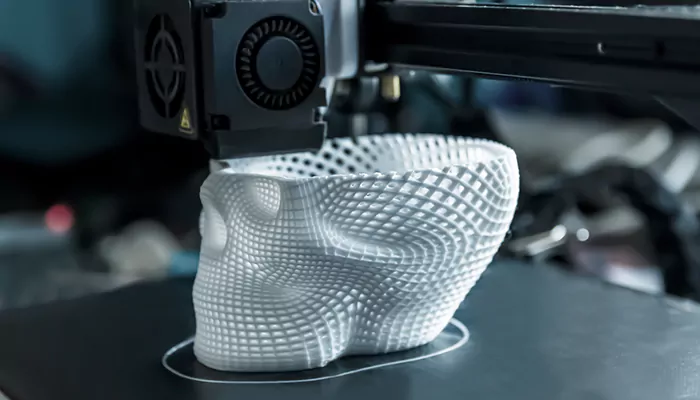Preserving Cultural Heritage Through Technology: Ensuring Legacy for Future Generations
- Admin
- 1 year ago
- 4 minutes read

Intro: Various technological solutions have emerged, offering novel ways to safeguard and transmit cultural heritage to future generations.
In an era marked by rapid technological advancement, the preservation of cultural heritage has found new avenues through innovative technologies. From ancient artifacts to historic monuments, cultural heritage embodies the collective memory and identity of societies. However, factors such as natural disasters, urbanization, and environmental degradation pose significant threats to these invaluable treasures.
Digitization: Preserving the Past in the Digital Realm
Digitization stands as one of the most effective methods for preserving cultural heritage. By capturing high-resolution images and 3D scans, artifacts and monuments can be immortalized in the digital realm. This process not only safeguards them from physical deterioration but also allows for wider accessibility and study. Institutions like museums and libraries are increasingly digitizing their collections, making cultural artifacts available for virtual exploration and research worldwide. Moreover, advances in virtual reality (VR) and augmented reality (AR) technologies enhance the immersive experience, enabling users to interact with historical sites and objects in unprecedented ways.
3D Printing: Replicating the Past for Posterity
The advent of 3D printing technology has revolutionized the preservation of cultural heritage by enabling the replication of artifacts with remarkable precision. Museums and conservationists utilize 3D printing to recreate delicate or damaged artifacts, providing researchers and enthusiasts with accurate replicas for study and display. Additionally, 3D printing allows for the creation of tactile models, benefiting visually impaired individuals by providing a hands-on experience of cultural objects. This technology not only preserves heritage but also fosters inclusivity by making it accessible to diverse audiences.

Geospatial Mapping: Mapping Cultural Landscapes for Conservation
Geospatial mapping technologies offer valuable tools for documenting and preserving cultural landscapes. Through satellite imagery, aerial photography, and geographic information systems (GIS), researchers can create detailed maps of archaeological sites, historic cities, and natural landmarks. These maps facilitate the monitoring of environmental changes, urban development, and potential threats to cultural heritage sites. By analyzing spatial data, conservationists can develop informed strategies for mitigating risks and preserving these sites for future generations.
Artificial Intelligence: Enhancing Preservation and Analysis
Artificial intelligence (AI) plays a crucial role in the preservation and analysis of cultural heritage. Machine learning algorithms aid in the restoration of damaged artifacts by identifying missing or deteriorated elements and proposing digital reconstructions. AI-powered image recognition systems assist in cataloging and organizing vast collections, streamlining the process of archival management for museums and cultural institutions. Furthermore, AI algorithms enable researchers to analyze large datasets, uncovering hidden patterns and insights that contribute to our understanding of cultural history.
Blockchain Technology: Safeguarding Authenticity and Ownership
Blockchain technology offers innovative solutions for ensuring the authenticity and provenance of cultural artifacts. By creating immutable digital records, blockchain enables secure tracking of an artifact's ownership history, preventing theft and illicit trafficking. Smart contracts embedded within blockchain networks can facilitate transparent and tamper-proof transactions, ensuring fair compensation for artists and cultural organizations. Moreover, blockchain-based platforms provide a decentralized framework for crowdfunding cultural preservation projects, allowing individuals worldwide to contribute to the safeguarding of heritage sites and artifacts.

Challenges and Opportunities Ahead
While technological advancements offer promising solutions for preserving cultural heritage, several challenges persist. Accessibility remains a concern, as not all communities have the resources or infrastructure to adopt these technologies. Moreover, issues related to data privacy, digital rights management, and cybersecurity require careful consideration to ensure the ethical and responsible use of digital preservation methods.
Despite these challenges, the intersection of technology and cultural heritage presents unprecedented opportunities for safeguarding our shared past and transmitting it to future generations. By harnessing the power of digitization, 3D printing, geospatial mapping, artificial intelligence, and blockchain technology, we can ensure that the rich tapestry of human history endures as a source of inspiration and knowledge for generations to come. As custodians of our cultural heritage, it is our collective responsibility to embrace these technologies and uphold the legacy of our ancestors for the benefit of all humanity.












